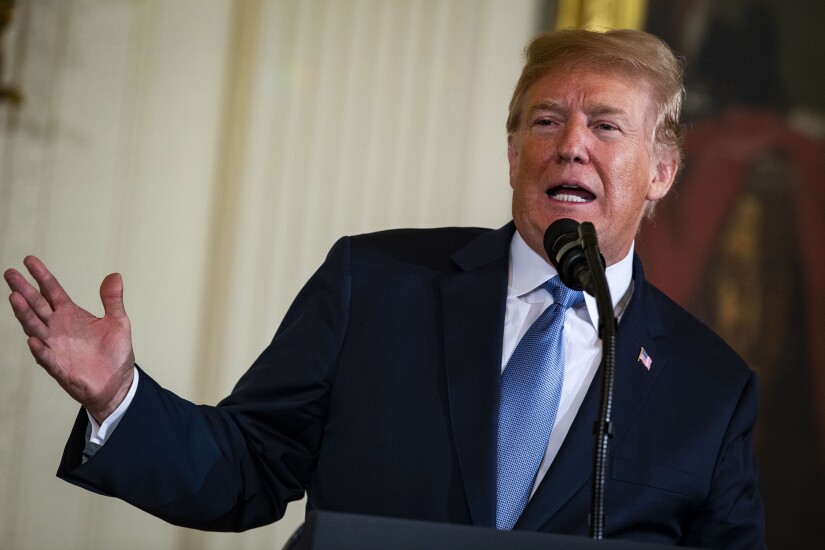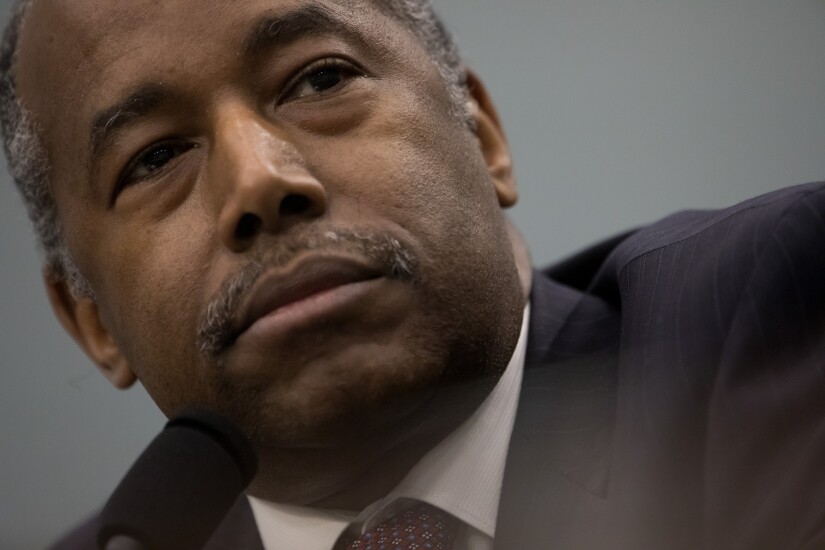WASHINGTON — The Trump administration's plan to end the conservatorship of Fannie Mae and Freddie Mac marked its first effort to solve a problem still left over from the financial crisis, but ultimately raised more questions than it answered.
Under the plan, the government-sponsored enterprises would be converted into "fully private entities" responsible for raising their own capital and backed by an explicit government guarantee.
But the proposal, made as part of the Office of Management and Budget's broader effort to reorganize the government, doesn't get into key specifics.
“The devil is always in the details and this plan is almost devoid of all of the most important details,” said Ed Mills, a policy analyst at Raymond James.
Doubts persist about whether the rest of the administration even supports the plan. Housing and Urban Development Secretary Ben Carson offered at least some support for the proposal on Wednesday, saying he agreed with the objectives laid out in the plan. But he stopped short of the full-throated endorsement many have expected.
“I love the fact that many people are talking about how do we get" the GSEs out of conservatorship, Carson told the House Financial Services Committee, but "how do we put them on a playing field in the secondary market with potentially other private-sector guarantors to create real competition and still have an appropriate guarantee so that we encourage capital in the market from foreign areas.”
Following are five key questions that the White House plan still needs to address:










